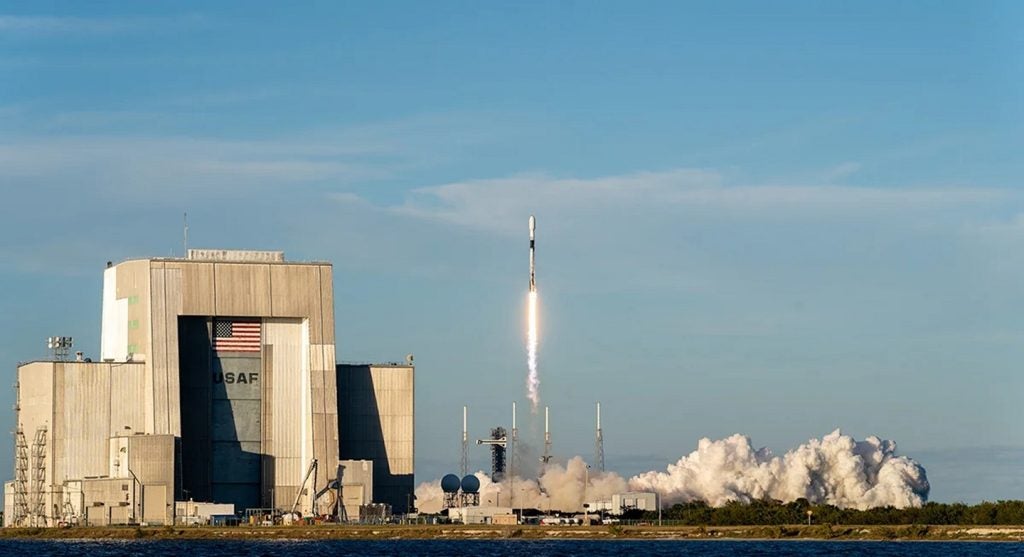The US Department of Defense (DoD) has successfully launched five satellites designed by L3Harris Technologies.
Led by the Missile Defense Agency's (MDA) Hypersonic and Ballistic Tracking Space Sensor (HBTSS) program and the Space Development Agency's (SDA) Tranche 0 (T0) Tracking Layer program, the deployment aims to improve the surveillance and tracking capabilities of the nation's defence apparatus.
These satellites represent a shift in monitoring manoeuvring hypersonic missiles, effectively extending the range of current ballistic missile detection systems.
Christopher E. Kubasik, chair and CEO of L3Harris Technologies, highlighted the significance of this achievement, emphasising the integral role these satellites play in ensuring the nation's security.
"Our advanced satellites on orbit will bring the integrated and resilient missile warning and defence capabilities the US requires against adversaries developing more advanced manoeuvrable missiles," Kubasik stated.
Moreover, the deployment aligns with the broader strategic objectives that the DoD outlined, particularly in advancing the Space Development Agency's proliferated warfighter space architecture capabilities. The initiative aims to streamline data acquisition and enhance response mechanisms by integrating missile tracking and defence sensors, reinforcing the nation's resilience against missile threats.
L3Harris is working on two other ISR satellite programmes for the US. These projects include Tracking Layer Satellite Constellation 0 and Tracking Layer Satellite Constellation Tranche 1, according to GlobalData's "US Defense Market 2023-2028" report.
Looking ahead, the Department of Defense anticipates leveraging the insights gleaned from these satellites to inform future endeavours. L3Harris secured a $919m contract to develop an 18-vehicle constellation.
As geopolitical dynamics continue to evolve, initiatives such as deploying satellite systems show the imperative of staying ahead of emerging threats such as advanced manoeuvrable missiles. With national security at the forefront, investments in technologies serve as a bulwark against adversarial advances, ensuring the safety and sovereignty of the nation in an increasingly complex global landscape.











